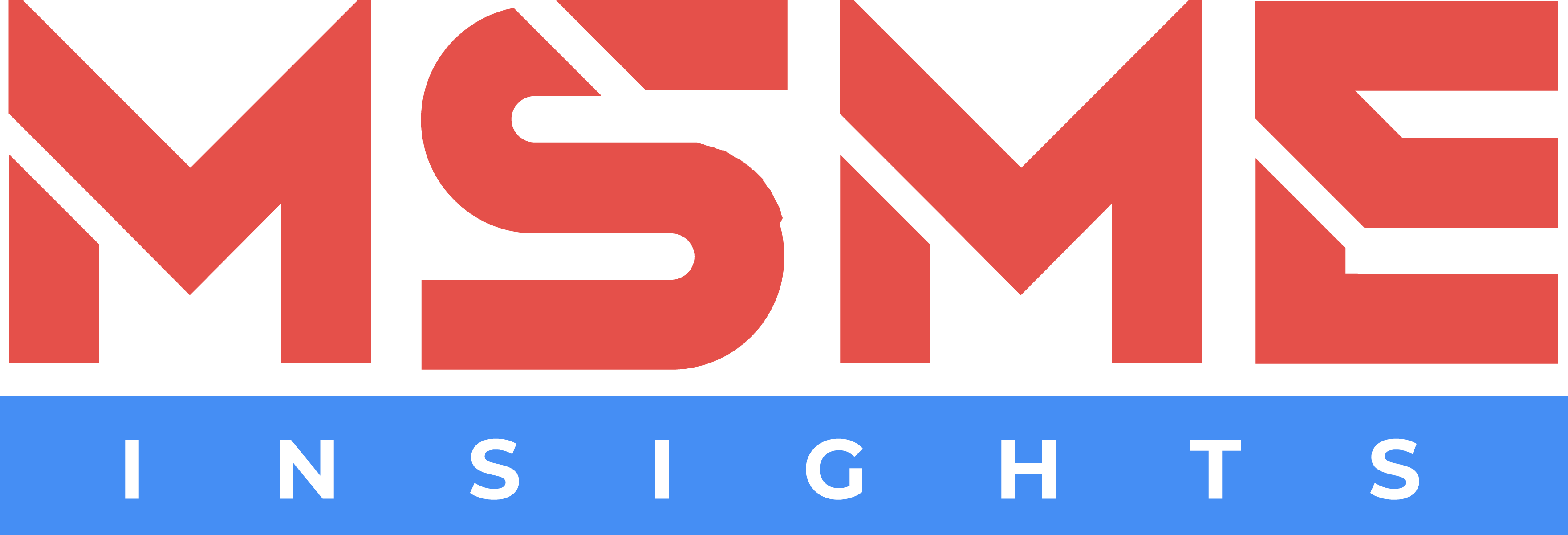In today’s digital era, adopting technology is no longer a luxury for Micro, Small, and Medium Enterprises (MSMEs); it is a necessity. The right technological solutions can streamline operations, improve customer experiences, increase productivity, and open doors to new business opportunities. However, for many MSMEs, the process of adopting technology can seem overwhelming, especially when they lack the resources or expertise to implement it. This is where guides, templates, and checklists become invaluable tools to simplify the process, helping businesses transition to digital systems seamlessly.
This blog explores the essential resources that MSMEs can use to adopt technology effectively, improve their operational efficiency, and stay competitive in an increasingly tech-driven world.
Why Technology Adoption is Crucial for MSMEs
MSMEs often face unique challenges such as limited budgets, smaller teams, and the need to juggle multiple roles within the business. However, technology can address many of these challenges by automating routine tasks, reducing human error, and offering insights for better decision-making. Some key benefits of adopting technology for MSMEs include:
- Improved efficiency: Automating manual processes allows businesses to save time and focus on high-value tasks.
- Enhanced customer experience: Technologies like CRM systems help manage customer relationships and provide personalized services.
- Cost savings: Cloud computing, for instance, eliminates the need for heavy infrastructure costs, allowing businesses to scale at their own pace.
- Better decision-making: Data-driven tools, such as business analytics platforms, provide valuable insights that help business owners make informed decisions.
However, many MSMEs are unsure where to begin or how to effectively integrate these technologies into their existing workflows. This is where guides, templates, and checklists can provide a clear roadmap.
The Role of Guides in Technology Adoption
A guide is a detailed document or set of instructions that helps MSMEs understand the technology adoption process from start to finish. It typically outlines step-by-step actions and strategies that businesses should follow to ensure successful implementation.
- Technology Assessment Guides: These guides help businesses identify which types of technology they need. For example, should they invest in customer relationship management (CRM) software, inventory management tools, or cloud-based financial systems? By following a technology assessment guide, MSMEs can determine their specific needs and choose the right tools that will drive growth and efficiency.
- Implementation Guides: Once the technology is chosen, the next step is implementing it. These guides offer best practices for a smooth integration of technology into daily operations. It could involve choosing the right vendor, setting up the infrastructure, migrating data, training staff, and troubleshooting common issues.
- Security and Compliance Guides: With the rise of digital solutions, security and compliance concerns have also grown. MSMEs need to ensure their data is protected and that they meet industry-specific regulations. These guides can help businesses set up security protocols, conduct vulnerability assessments, and stay compliant with data protection laws (such as GDPR or CCPA).
Templates to Streamline the Adoption Process
Templates are pre-designed documents that provide a structure businesses can follow. For MSMEs adopting technology, templates simplify tasks, ensure consistency, and reduce the time spent creating resources from scratch. Here are some key templates MSMEs can use:
- Technology Adoption Roadmap Template: A roadmap template outlines a timeline for adopting new technology, breaking down each phase of the process into manageable steps. This includes technology selection, testing, staff training, and full-scale implementation. With a clear timeline, businesses can track progress and avoid delays.
- Cost-Benefit Analysis Template: Before committing to a new technology, MSMEs should evaluate its costs and benefits. A cost-benefit analysis template helps businesses compare the total cost of ownership (TCO) with the expected return on investment (ROI). This template helps organizations make data-driven decisions and ensure that they are not overspending on technology that won’t deliver significant value.
- Vendor Evaluation Template: Choosing the right technology vendor is critical to the success of the adoption process. This template provides a checklist of key factors to evaluate when selecting a vendor, such as their reputation, customer support, scalability, and cost. This template ensures that MSMEs are making informed decisions when selecting partners.
- Data Migration Plan Template: When adopting new technology, migrating data from legacy systems can be a significant challenge. A data migration plan template helps businesses organize and plan the process, ensuring that data is transferred accurately and securely without causing operational disruptions.
Checklists to Ensure Success
Checklists are powerful tools that MSMEs can use to stay on track and ensure they haven’t overlooked any critical steps in the technology adoption process. Checklists break down tasks into actionable items, making the process more manageable and ensuring that nothing is missed.
- Pre-Adoption Checklist: This checklist helps businesses prepare for technology adoption by addressing key areas like assessing needs, selecting the right software or hardware, budgeting for costs, and assigning roles within the company for the implementation phase. Key items might include:
- Define business goals for adopting technology
- Conduct a needs assessment
- Set a budget for technology adoption
- Involve key stakeholders early in the decision-making process
- Implementation Checklist: This checklist focuses on the steps involved in the actual rollout of technology. It ensures that all implementation aspects—such as software installation, staff training, and system testing—are carried out properly. Key items might include:
- Install and configure the system
- Migrate data and test for accuracy
- Train employees on new systems and processes
- Test and troubleshoot system functionality
- Post-Adoption Checklist: After the technology is fully implemented, businesses must evaluate its performance and ensure continuous improvement. This checklist helps businesses assess how well the technology is meeting expectations and identify any areas for optimization. Key items might include:
- Collect feedback from users
- Monitor system performance and fix bugs
- Update software and maintain security protocols
- Review ROI and adjust usage if necessary
Conclusion
For MSMEs, adopting technology is essential for staying competitive and improving overall efficiency. However, the process doesn’t need to be complicated or daunting. By utilizing guides, templates, and checklists, businesses can streamline the adoption process, ensure a smooth transition, and reap the full benefits of digital tools. Whether you’re assessing the right technologies, planning your adoption strategy, or ensuring security and compliance, these resources can help guide MSMEs through each stage of the technology adoption journey, ultimately setting them up for long-term success.






